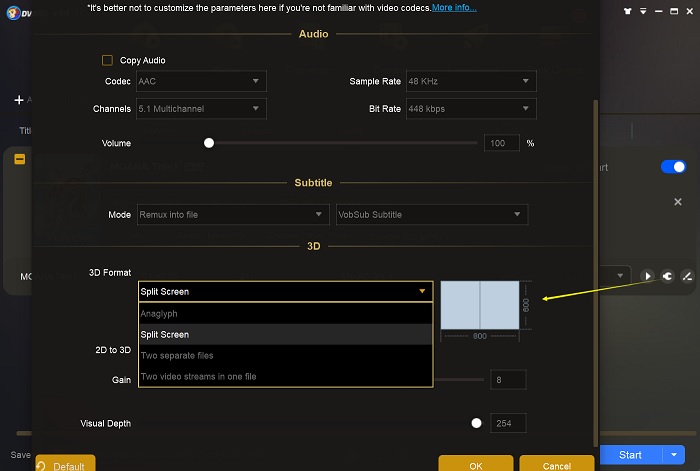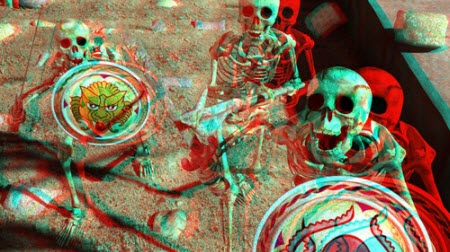


This ensures high quality with a small file size. MP4 is the most recommended because of its high compression ratio. For example, they adjust the contrast to be lighter. 3) Select "Effect", apply a sharpening filter and then adjust the contrast and brightness. 2) Click Video to enter VideoProc Video Editor/Converter Center, then click +Video to download the blur video from your local folder.
Click Run to immediately improve the quality of your video.ġ) Download VideoProc for free, install it on Windows (10) or macOS and open the program. Select the type of resolution you want to use for the video (480P, 720P, Change the settings to improve the video quality. Select the converter in the main interface and click the Add button. I usually use a cardinal bicubic interpolator for the warp. In other words, given a gradient (du, dv), you retrieve (u+du*k, v+dv*k) from the source, where k is usually set such that the displacement is under a single pixel. Use the gradient map as a displacement map for warping the original image - that is, you use a scaled version of the gradient vector at each pixel to perturb the sampling location in the original image. Compute a second gradient map from the bump map. Optionally, apply a blur to the bump map. Convert the gradient map to a bump map by taking the length of each gradient vector. (Both filters can be computed together in 10 adds how this is done is left as an exercise to the reader.) Sobel filters are also popular:-1 0 +1 -1 -2 -1 In a 3x3 window, subtracting (right-left) and (bottom-top) is one way to do this. The usual way to do this is through a pair of edge detection filters that compute horizontal and vertical gradient. For each pixel in the original image, the gradient map encodes a vector that indicates the direction and rate of fastest ascent in luminance.  Compute a gradient map from the grayscale image. Convert the original channel to grayscale. I don't remember how the original code worked, but here's one way to implement such an algorithm:
Compute a gradient map from the grayscale image. Convert the original channel to grayscale. I don't remember how the original code worked, but here's one way to implement such an algorithm: 
I think, that Warpsharp would be a great addition for upscaled images especially when the ingame render resolution is lower than the output resolution: The basic "warp sharp" algorithm Warp sharp is the name of an algorithm that I originally found coded as a filter for an image editing application called "The GIMP." It's based on the idea that if you can identify the edges in an image, you can warp the image to shrink the edges and thus make them appear sharper. Or is there a similar shader already existing? Is there anyone whe ants to re-create the famous avisynth WarpSharp Shader for Reshade.








 0 kommentar(er)
0 kommentar(er)
